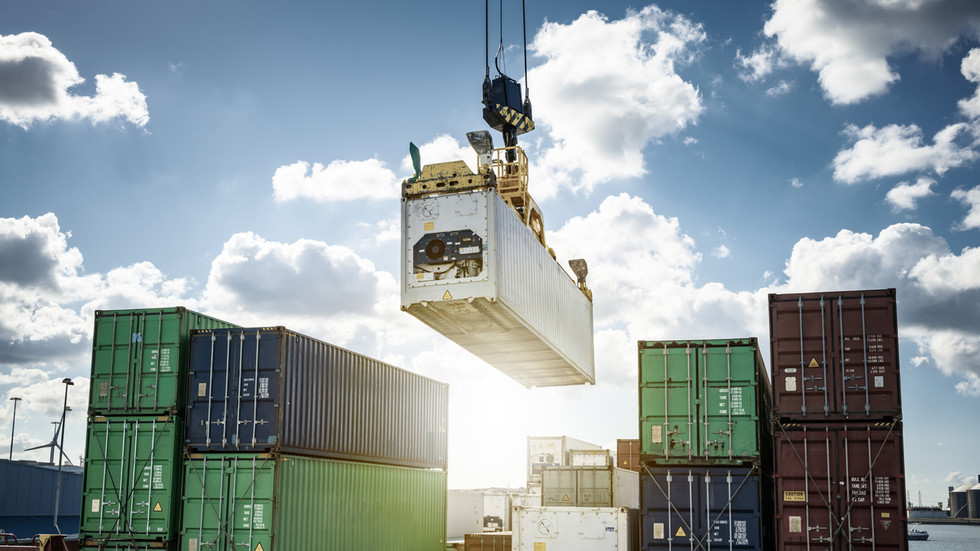
The mechanism was legalized to provide the market with goods that Western companies stopped delivering due to sanctions

© Getty Images / Jorg Greuel
The volume of goods supplied to Russia via the parallel imports mechanism has exceeded $20 billion so far this year, according to the head of the Federal Customs Service, Vladimir Bulavin.
Parallel imports, sometimes called ‘gray imports’, refer to the practice in which a non-counterfeit product is imported without the permission of the intellectual property owner via alternative supply channels.
Bulavin told Russia 24 TV on Monday that 2.4 million tons of goods, mainly cars, machine tools, and equipment, as well as light industry goods, have been imported since May. This has helped to stabilize prices in the Russian market, he noted.
In March, the Russian government authorized retailers to import products from abroad without the trademark owner’s permission. The decision came after many global brands halted sales or stopped exports to Russia due to pressure from their governments to comply with sanctions. Prime Minister Mikhail Mishustin stated that parallel imports were needed to ensure that certain goods could continue to be shipped to Russia.
READ MORE: Moscow allows parallel imports of popular toys
According to Bulavin, the legalization of parallel imports did not lead to an increase in counterfeit goods.
“We [customs service] have fought and will continue to fight against counterfeit goods,” he said, adding that over 7 million units of counterfeit products have been seized this year.
For more stories on economy & finance visit RT’s business section




